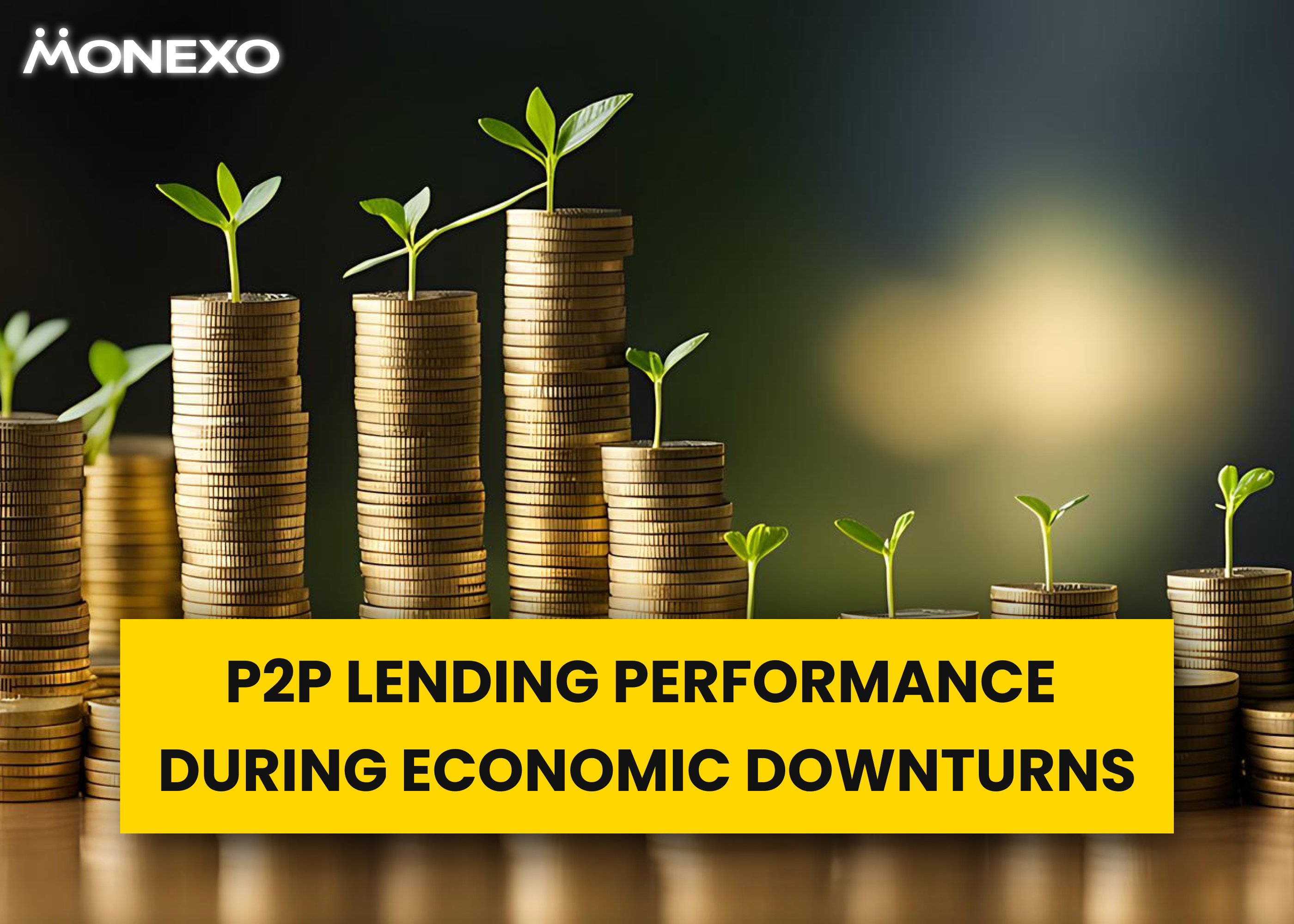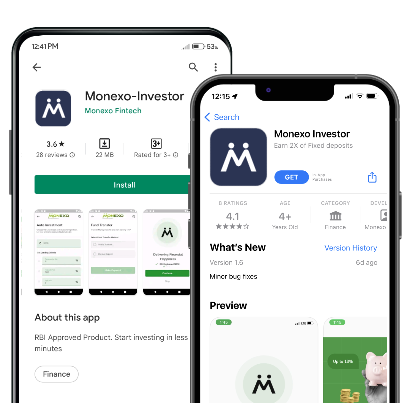P2P lending has become a strong choice for investment, even in tough economic times. As India’s economy goes through ups and downs, it’s key for investors to know how this lending works during downturns. This article will cover P2P Lending Market Dynamics, factors, and its rules. It aims to give you the info and strategies to make smart choices and keep your P2P investments safe.
Understanding P2P Lending Market Dynamics
The P2P lending market is changing fast, with many factors at play. To understand how it performs when the economy is down, we need to look at what drives P2P lending.
Factors Influencing P2P Lending Performance
Many things affect how P2P lending changes. These include:
- Borrower profiles and creditworthiness
- Investor risk appetite and preferences
- Regulatory frameworks and industry guidelines
- Technological advancements and platform innovations
- Macroeconomic conditions and market sentiments
Knowing how these elements work together is key to understanding P2P lending market dynamics. It helps us predict what will happen next.
P2P investing: A Resilient Investment Option
P2P lending is a strong choice when the economy is unstable. It offers unique benefits that help you stay safe during tough times. With its focus on diversification and risk management, P2P lending is a smart pick for investors looking to protect their money.
Diversification Strategies for P2P Investing
P2P lending makes your investment portfolio more diverse. By putting some of your money into this area, you can lower your risk and aim for more stable returns. P2P platforms have many loan options, letting you spread your money across different borrowers and loan types.
- Diversify across multiple Borrowers to minimize platform-specific risks.
- Invest in loans with varying risk profiles, durations, and interest rates to optimize your portfolio.
- Regularly review and rebalance your P2P investments to maintain a well-diversified strategy.
Mitigating Risks in P2P Investing
P2P lending also has ways to lessen risks. Platforms use detailed credit checks and collateral-backed loans to lower the chance of defaults and market ups and downs.
| Risk Mitigation Strategies | Benefits |
| Comprehensive Credit Evaluation | P2P platforms conduct thorough borrower assessments, reducing the risk of default. |
| Collateral-Backed Loans | Certain P2P loans are secured by tangible assets, providing an additional layer of protection. |
| Automated Diversification Tools | Some platforms such as Monexo offer Autoinvest management features to help diversify your investments. |
Using these strategies, you can make your P2P lending portfolio more resilient, even when the economy is down.
“P2P lending has shown it can handle economic challenges well, making it a valuable part of any investment portfolio.”
Navigating Market Volatility in P2P Lending
In the world of P2P lending, handling market ups and downs is key for investors. When the economy goes down, it’s important to have a plan to protect your investments. This part will show you how to stay strong and find chances during these uncertain times.
Diversification: Your Shield Against Risk
Putting your money in different borrowers and platforms is vital. It helps spread out the risk. This way, if one borrower or platform does poorly, it won’t hurt your whole investment.
Adaptive Risk Management
When the market is shaky, keep an eye on your investments and adjust as needed. You might need to change how much risk you take, shift your investments, or check on your borrowers’ credit. Being alert and making smart moves can help you keep your P2P investments safe.
Identifying Opportunities
Market ups and downs can also be chances for smart investors. By looking at market trends and economic signs, you can find areas that might not be hit hard by the downturn. Knowing this can help you make the most of these chances and boost your P2P lending earnings.
| Strategy | Description | Potential Benefits |
| Diversification | Spreading investments across borrowers, platforms, and risk profiles | Mitigates the impact of market volatility on your overall portfolio |
| Adaptive Risk Management | Actively monitoring and adjusting risk management strategies | Protects your P2P investments during periods of market turbulence |
| Identifying Opportunities | Analyzing market trends and economic indicators to find resilient sectors or borrowers | Enhances your P2P lending returns by capitalizing on emerging opportunities |
Using these strategies can help you handle the ups and downs of P2P lending. It’s all about being informed, flexible, and disciplined in your investment approach. This way, you can do well even when the economy is down.
Regulatory Landscape and Investor Protection
The rules for P2P lending in India are crucial for protecting investors. The Reserve Bank of India (RBI) has set up guidelines for this growing financial area. These rules help keep P2P lending safe and sound.
Role of RBI in P2P Lending
On top of RBI rules, the P2P lending industry has its own guidelines. These rules add more protection for investors. They make sure the investment is safe and trustworthy.
- Platforms must tell investors about the risks clearly, so they know what they’re getting into.
- They suggest that investors spread their money across many borrowers to lessen the risk of losing it all.
- Platforms should be open about how they lend money, give it out, and collect it back, building trust.
By following RBI and industry rules, P2P lending in India aims to offer a safe place for investors to grow their money. This helps the financial sector grow and become more reliable.
Best Practices for P2P Lending Success
To succeed in P2P lending, especially when the economy is down, follow best practices. Use thorough due diligence and risk assessment to feel more confident and boost your investment returns.
Due Diligence in P2P Lending
Doing your homework is key in P2P lending. This means looking into potential borrowers to see if they can pay back the loan. Some important steps in due diligence include:
- Looking at the borrower’s credit history and financial situation
- Checking if the borrower’s info is correct
- Looking at the borrower’s debt compared to their income
- Thinking about why the borrower needs the loan
Risk Assessment in P2P Lending
Assessing risks is vital for P2P lending, especially when the economy is tough. This means spotting and handling risks like borrowers not paying back and market changes. Some top tips for risk assessment are:
- Spread your P2P lending out to lessen the risk from one borrower
- Keep an eye on the economy and adjust your investments
- Know about changes in laws and industry rules
- Have strong policies and procedures for managing risk
By using these best practices for due diligence and risk assessment, you can do well in P2P lending, even when times are tough.
Case Studies and Success Stories in Monexo
To show how P2P lending works well in tough economic times, we’ll look at real-life examples. These stories will show how investors handled market ups and downs. They’ll also share how they made the most of their P2P lending investments. By learning from these stories, you can get useful tips for your own P2P lending.
Sunitha, an entrepreneur wants to diversify her income streams beyond her mainstream income. She is a vegetable supermarket owner, from Diamond Ring suburban area in Kolkata. Being a business owner, she understood the need for diversification and started looking for alternative investment plans to multiply her income. Monexo’s investment advisors helped her to invest her money systematically up to 22.5lakhs in Social impact loans via Monexo’s P2P investment platform. She was able to earn up to 13.4% per annum by investing in P2P loans via Monexo, supporting her son’s dream to pursue higher education.
Monexo made an Impact in her life by helping her to manage her son’s educational expenses to study in Canada after his schooling. Sunitha earned 1.92x higher returns in P2P lending compared to Fixed deposit since Apr-2023. This investment will definitely help her son study abroad after his schooling.
FAQ:
What is the best RBI-approved P2P lending platform in India?
The “best” P2P lending platform in India depends on your goals and risk level. Top platforms include Monexo, Faircent, LenDenClub, and Liquiloans. Look into their features, track record, and investor protections to find the right one for you.
What role does the Reserve Bank of India (RBI) play in regulating the P2P lending industry?
The RBI is key in overseeing P2P lending in India. It set rules in 2017 for P2P lending, like registration and capital requirements. These rules help keep the market safe, protect investors, and ensure financial stability. P2P lending platforms must follow these guidelines closely.




